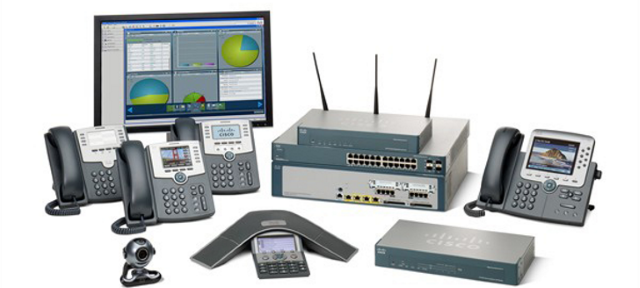Nicknamed the “CallManager,” the Cisco Unified Communications Manager provides a platform for call control that helps companies and other organizations communicate to and collaborate with each other using voice, mobility, web conferences, video, and session management. It is at the heart of Cisco’s “Collaboration” collection, and is only one of the ways Cisco reaches out to provide a satisfying user experience for its customers.
Since it is scalable for 40,000 users and able to be extended to 80,000 different people, the Cisco Unified Communications Manager can handle a large workload for a relatively low cost. It brings all of a company’s communications under one virtual roof, giving employees video capabilities whether they are at their desktop or in a teleconference.
Cisco Unified Communications Manager 10.5 Data Sheet
According to the company, this solution can make maintenance much easier by simplifying all of the voice and other communications system in the company. With communications streamlined, employees can increase their productivity, since lack of communication is a huge roadblock to getting things done quickly and efficiently. With all communications managed on one server, the business edition of the Cisco Unified Communications Manager gives midsized companies complete coverage for all of their communications needs.
With its capability for unified mobility embedded in the software, employees can retain their productivity regardless of their location or type of device. With just one click, employees can place a call, initiate a videoconference, or dash off a quick message to customers or fellow workers.

Cisco Unified Communications Manager
It offers a variety of models suitable for every need, whether you want to deploy the device in a private or public cloud, only in your office or remote, or a hybrid that provides for diverse types of communication.
The system, however, was phased out by Cisco beginning in 2011. 2015 marks the final year that users can receive support for their system.